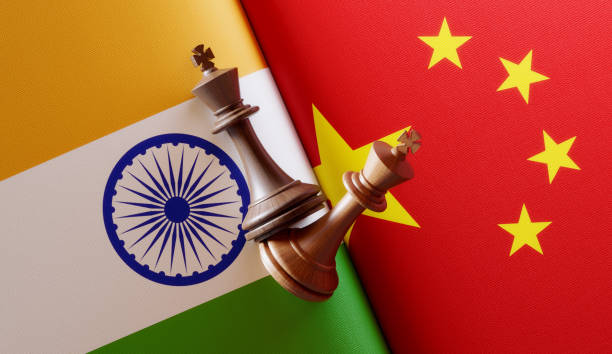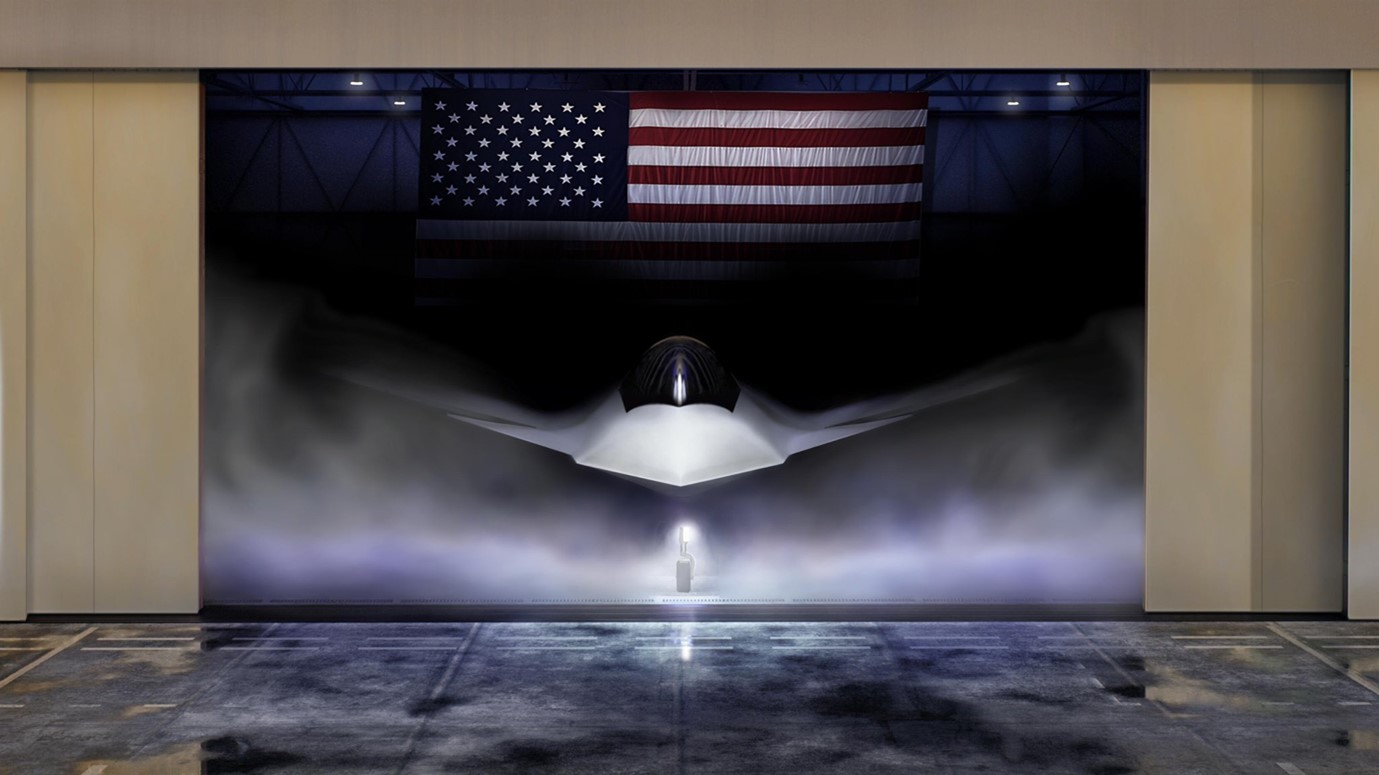
‘Threat in Being’ at LAC- Are India-China Macro Bilateral Ties on Track?

Zha Liyou, China’s Consul-General at Kolkata recently stated that “macro bilateral ties” with India are coming back on track. Another senior Chinese diplomat in India has called the border situation between the two countries “stable” bringing the border situation to “normalised management and control” at the earliest. ‘Normalised management and control’ has also been spoken by CPC Politburo member (ex-Foreign Minister) Wang Yi numerously in 2022, and by Chinese State Councillor and Foreign Minister Qin Gang in March 2023.
Indeed, there have been multifarious interactions since the May 2020 incursions in Eastern Ladakh – 12 WMCC meetings, 17 Corps Commander level talks in Chushul/ Moldo (many, many more at junior levels), many meetings of the two Foreign Ministers (including three in 2022). The ensuing year, 2023, has Summits planned in SCO, BRICS, RIC and G20, of which India has chairmanship of SCO and BRICS. China, and indeed the world, have clarity on India being the best growing economy, the success of the digitised economy, impetus towards manufacturing, technology and infrastructure, the steadily growing middle class, the focussed poverty alleviation, the immense demographic dividend, independence of policies and her acceptability/ likeability globally. For China, seeking ‘macro bilateral ties’ to be on track is but normal, therefore!
The border and the regions that abet, stand out as a grievous dichotomy. As per External Affairs Minister S Jaishankar the relations with China are not normal, because India will not agree to any attempt to change the Line of Actual Control (LAC) unilaterally. Both Wang Yi and Qin Gang desired that the boundary issue be in the “proper place,” implying be shelved, and India and China work together to bring the situation at their borders under normalised management.
“Normalised management and control” implies China deems current situation to be “normal,” there is no need towards further conflict resolution, or even de-escalation or de-induction. PLA’s huge build-up and intensive military and dual-use infrastructure is hence bound to remain, as it is. Obviously, hence, the large amassing of formations is bound to remain. This has implications of retaining geostrategic pressure and ‘threat in being,’ while increasing geopolitical and economic interaction bilaterally and globally. While India with over $125 billion annual trade with China, and the Presidency of the major global fora, there are major advantages in improving relations. It is a classical security dilemma that decries shelving the seemingly intractable border issue, cumulated with the threat that the build-up projects and atmosphere of distrust portraying irreconcilable differences. There are five underlying themes that add to the classical security dilemma for India.
Firstly, President Xi Jinping has been exhorting for preparing for war. At the National People’s Congress and its top political advisory body in March, President Xi pushed the theme of war readiness through four separate speeches, even daring the PLA Generals to fight. “In the face of wars… we must speak to enemies in a language they understand and use victory to win peace and respect” said President Xi in a speech to Chinese military leaders in October 2022. Learning for Russia in Ukraine war, there is a new law governing military reservists! There is also 7.2 percent increase in China’s defence budget to 1.55 trillion yuan (roughly $224.8 billion), which has doubled over the last decade. Indeed, as internationally analysed, this would also be underreporting of defence expenditure.
Secondly, there is feverish pace of improvement of infrastructure by China. The habitat constructed in proximity, denies expectations of de escalation, or repositioning of formations from opposite Eastern Ladakh to permanent locations say in Urumqi, Hotan or Kashgar. The air-operations infrastructure has ominous portends for use of air forces, missiles and rockets by China. The rail-line Lhasa-Nyangchi and the super highways to Tibet and Xinjiang do indicate much shortened mobilisation cycle. There have also been very significant changes in the Tibetan and Xinjiang strategic geography. The newer strategic assets include planned construction/ upgradation of road in the proximity to the LAC (G695), underground silos, blast pens in airfields, missile sites, positioning of PLAAF aircraft, new road-rail structures, and changing the demographics of border areas.
The 14th Plan will witness Chengdu-Chongqing world-class airport cluster and 30 more civilian transport airports. Currently, Tibet and South Xinjiang have 12 airports operating/ under construction. The 739km long oil pipeline from Golmund to Lhasa will have a new 1076km long parallel Snow Mountain Oil Dragon Pipeline with increase in oil depots in Tibet to ten. China has already installed central power grid connection across all 66 counties and eight districts in Tibet. These speedy and militarily focussed infrastructural upgradations cannot be overlooked.
Third, in Eastern Ladakh, China took advantage of an atmosphere of Agreements, Protocols and CBMs to aggressively undertake many small salami slicings simultaneously in May 2020, attempting to create strategic advantage and gains, and make the situation, fait accompli for India. As events followed May 2020, Indian response was strong, firm and across the entire LAC. Clashes at Yangtse, Tawang proved this in December 2022 again. Continuing the similar format, India’s border guarding forces must deny any opportunity for further salami slicing along the entire border. Another salami slicing leading to another fait accompli, must not be acceptable. In matters of sovereignty and territorial integrity, fear of escalation must not be the sole criterion.
De-escalation from the region by PLA is not on the cards. Evidently tensions along the borders will persist, and in fact with increased military infrastructure and military build-up in permanence will remain ‘threat in being.’ Invariably, peace will only be guaranteed by retaining strong positional deployments by Indian Army and Indian Air Force along the borders, denying further incursions and availability of strong reserves in proximity, as also posturing by Indian Navy in Indian Ocean. There is need for giving primacy to de-scalation too, at various discussion forums with China.
Fourth, the active buffer territories in Eastern Ladakh created over last two years, through mutual acceptance between the two militaries separate the forces physically and prevent unintended clashes on the border. These buffers are being termed ‘normal’ in future border management. However, in an era of distrust, these have limited value as likelihood of infringement will rise, the likelihood of tactical engagement will increase proportionally and create security dilemmas.
Modern borders must be precise, well demarcated and delineated separating geographical, political and economic jurisdiction on either side of the line, as correct symbols of sovereignty and territorial integrity. Frontier clarity is the entente cordiale between neighbours. Borders also need not follow linear or clearly identifiable features any more, they can be delineated and mapped to exactitude by modern technology. Formal negotiations of border are bound to take time. However, an interim Line along the Border with suitable differentiated nomenclature, technologically geo-mapped based on existing military positions, will be progress! Indeed, methodology of verification will have to be created. Even with irrationality of history, building of such interim consensus will be advantageous.
Fifth, it is apparent that military to military talks have proven to be advantageous, in addition to the diplomatic level interactions. These continually work at conflict mitigation. There is a need to examine that even if India and China do not agree on the border as yet, it must be agreed that there should be a clear line distinguishable delineating two countries, based upon geo-mapping. The buffer zones must not become etched in stone, and should be nullified, soonest.
In summary, it is well understood that China is the second largest global economy and largest manufacturing hub and exporting nation. Despite some headwinds, China’s current global trade and global influence indicates resilience. China is also pushing an agenda to be relevant as a nation to reckon with on the global stage with the Global Security, Developmental and Civilisational initiatives. There is also no gain saying that China is pushing for de-dollarisation, and become diplomatically relevant with Ukraine peace plan and Saudi Arabia and Iran deal.
India too has a burgeoning trade with China and is politically/ diplomatically linked through many global and regional organisations. These are definite relationships between China and India that cannot be brushed under! China and India, despite the serious ‘abnormal’ border issues, have larger issues of engagement, like bilateral trade, G20, SCO, BRICS, climate change and the like.
It must be clearly stated that conflict between China and India is not imminent, and military modernisation and infrastructure creation must continue. All out efforts also need be made to find verifiable interim and permanent solution to the intractable border issue. However, borders are inherent to sovereignty and territorial integrity and border control is a quintessential exercise of sovereignty. The authority of any Nation to govern its territory is primarily derived from its sovereignty. Rightly, an international boundary should delineate the space between India and China as sovereign states. Within the borders, Indian government has complete authority, an authority that cannot be impeded by other governments. There needs to be progress from only limited conflict prevention and mitigation to conflict resolution. This is a live issue that cannot be backgrounded. Between China and India constructive engagements can only occur when the states engage in cooperation to reach a formal or tacit agreement about the ‘rules of the game,’ that is the border issue.
Disclaimer
The opinions expressed in this article are the author’s own and do not reflect the views of Chanakya Forum. All information provided in this article including timeliness, completeness, accuracy, suitability or validity of information referenced therein, is the sole responsibility of the author. www.chanakyaforum.com does not assume any responsibility for the same.
Chanakya Forum is now on . Click here to join our channel (@ChanakyaForum) and stay updated with the latest headlines and articles.
Important
We work round the clock to bring you the finest articles and updates from around the world. There is a team that works tirelessly to ensure that you have a seamless reading experience. But all this costs money. Please support us so that we keep doing what we do best. Happy Reading
Support Us















POST COMMENTS (1)
Abhishek Gadgil